Marvin Bonheur, also known as “Monsieur Bonheur” (translating to Mister Happiness) is a French photographer who grew up on the outskirts of Paris, in Seine-Saint-Denis. Often called by its department number the "9.3" or the “banlieue”, Seine-Saint-Denis is one of the working-class neighbourhoods surrounding Paris, where immigrants and young people of foreign origin are present in greater density, and where Bonheur set out to capture the area's true essence, contrary to its media portrait.
Seine-Saint-Denis particularly is the department in metropolitan France with the highest proportion of immigrants or people of immigrant background. Bonheur describes the way immigrants in the banlieue are guided by this double culture, both French, but also Nigerian, Jamaican, etc.
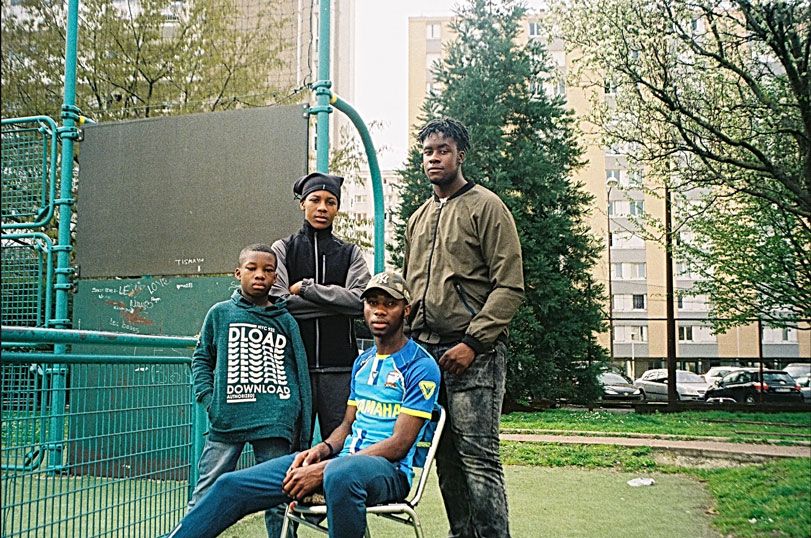
In parts of the French press, the banlieue is oftentimes exclusively portrayed as a site of disorder, drug trafficking and radical Islam. In 2015, Fox News infamously referred to them as "no-go zones", encapsulating the resonating negative sentiment existing in broader French society, that those of the banlieue exist in a completely inferior way to those of Paris.
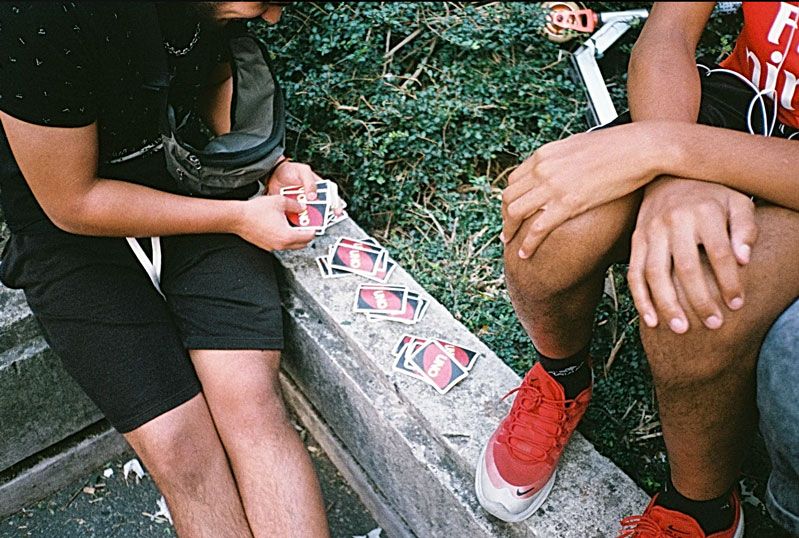
As the poorest region in metropolitan France, Seine-Saint-Denis is often the victim of this perception, according to which lawlessness and delinquency are anything but unexpected and where its inhabitants, many of whom are young, are nothing but the stereotype of the “racaille”—thugs, delinquents, scum—a derogatory word that has been used even by the former French President Nicholas Sarkozy in 2005 in describing youth in the banlieue. Bonheur describes this continually unfolding realization he encountered growing up, that there existed an overwhelming negative attribution to who he was based on where he came from—the “no-go zone”.
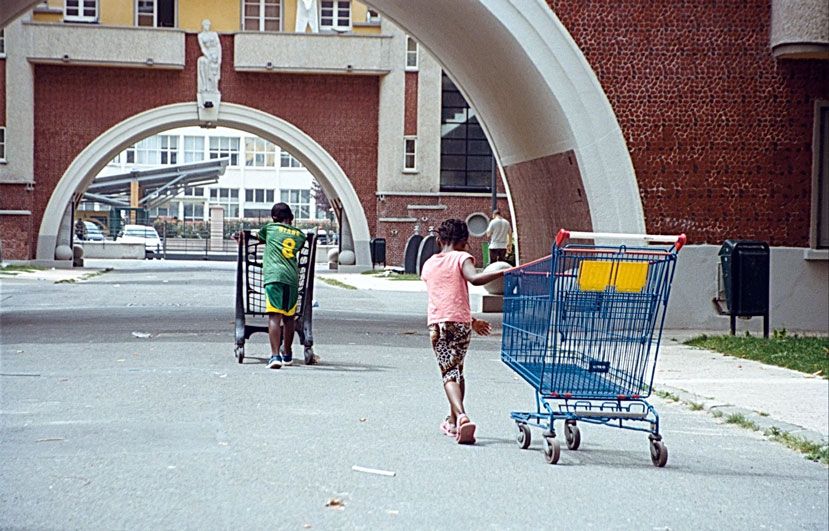
It is, however, a reality that crime is rampant and life is different in the banlieue. Bonheur describes it as a place “where hope is a rare gold, where the atmosphere is heavy.” As a child, Bonheur believes in his future but yet is quickly confronted with the idea that having a dream is not for a young person from the banlieue. “There are joys that come with growing up here,” says Bonheur, “and challenges.”
He remembers the day he told the careers advisor at his school that he wanted to study fashion design. “Your parents won’t have the money to pay for those schools,” he recalls her saying. “They won’t be able to pull strings. You should consider something more appropriate for a black kid from the 9.3, like fixing central heating systems.”
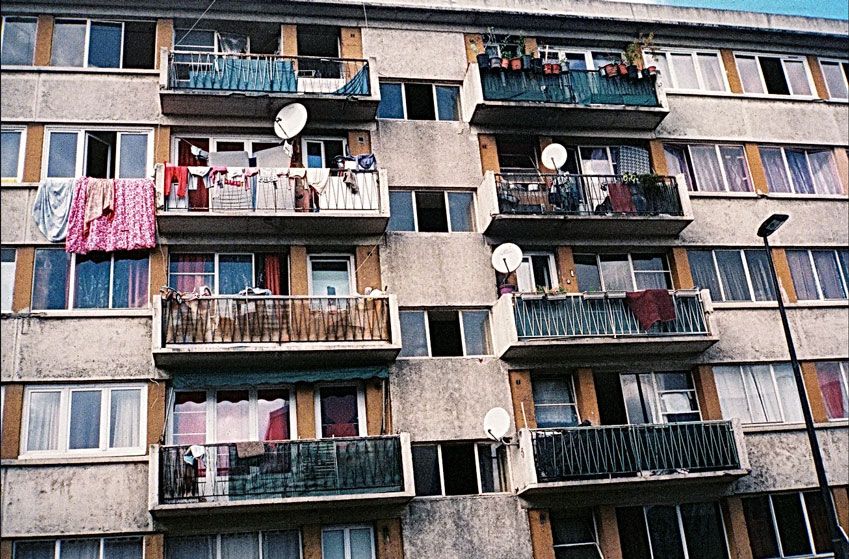
In a three-part photo series titled "La Trilogie du Bonheur" (The Happiness Trilogy), Bonheur's goal since 2014 has been to photograph his neighbourhood, where the mainstream media only goes to portray how bad things are, and to draw a perspective of the ignored population and mundane beauty in the place he called home, showing that people can be proud of the banlieue.
Presenting a tender, compassionate and authentic perspective of the Seine-Saint-Denis, the three chapters titled “ALZHEIMER”, “THERAPY” and “RENAISSANCE”, are a glance into what he considers the 3-part recipe for happiness: to know where we come from, where we are and where we are going. Through the series, he offers a perspective other than what has been repeated in French society and brings the viewer along to retrace the steps of his life into childhood. The first photo series in the trilogy, “ALZHEIMER”, begins with this retracing.
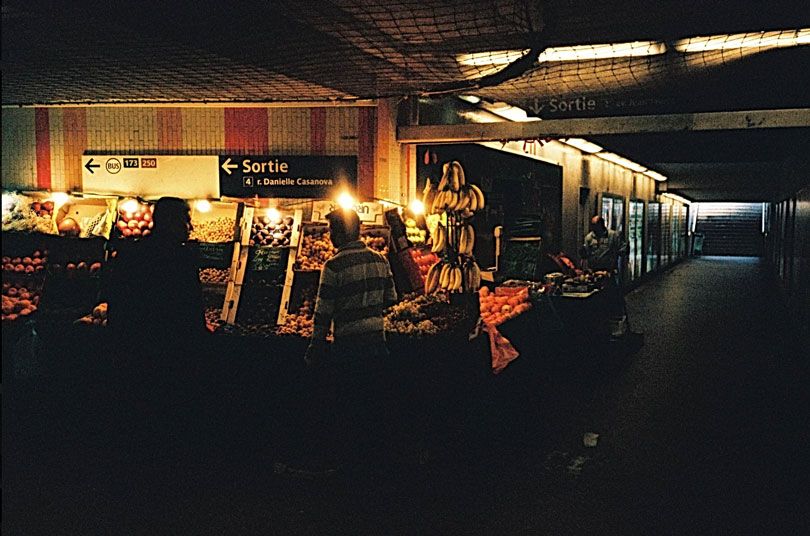
Since moving to Paris, he realized he’d forgotten much of his childhood, and here lies the origin of the first series. “Like so many people from here,” he describes, “I had distanced myself from the past because I was ashamed or just thought it was lame.” Armed with a camera and this notion of his past, he set out to correct the many untruths surrounding these neighbourhoods.
Each photo is deeply personal and sensitive. Although some of these images may appear as simply a photo of a building or something rather mundane, he shares the history and the importance of this building to his story. “ALZHEIMER” is about knowing where you come from. It is about remembering rather than—consciously or subconsciously—erasing.
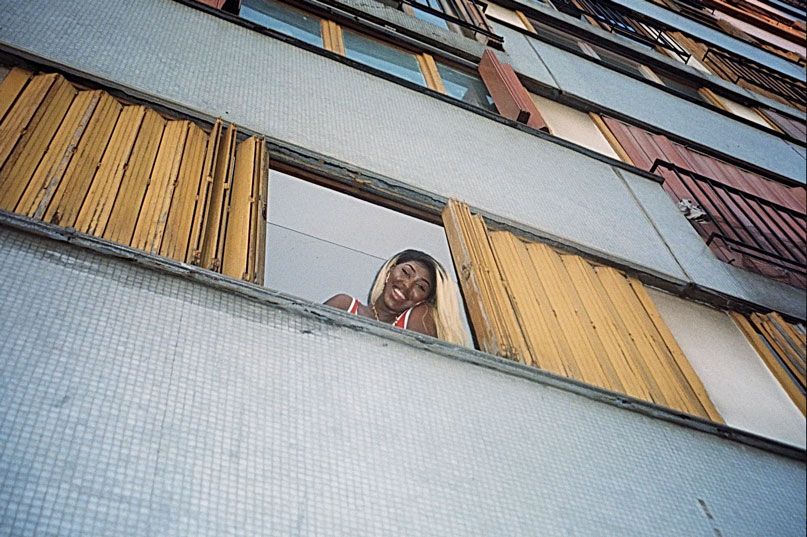
The second part, “THERAPY”, involves capturing sunny afternoons, the joy, sharing and happiness in the city, while denouncing hate, poverty and abandonment. In this chapter, he builds on his first series, deepening the work of social research and memory. He believes the banlieue must be shown and explained under a face other than the one caricatured by the television, internet and newspapers. He charges his flash and aims it at those faces of “the forgotten”.
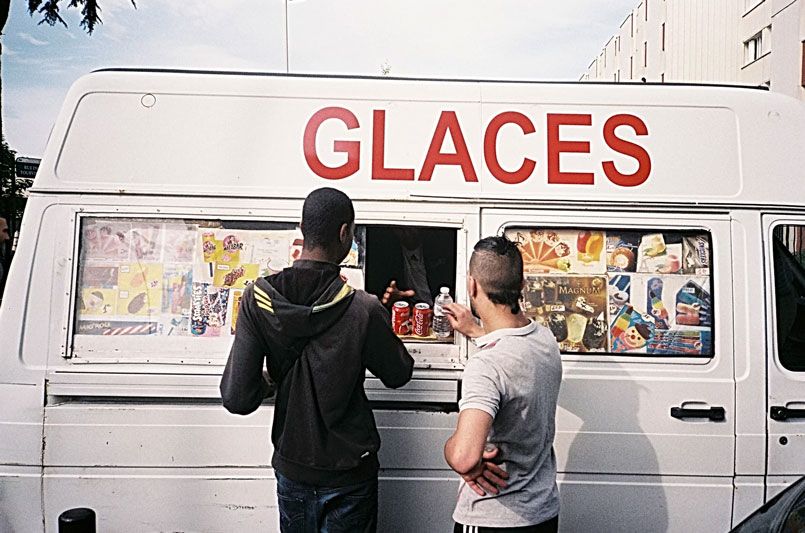
By calling for the destigmatization of the banlieue and the sustainable development of such neighbourhoods, Bonheur comprehensively interacts with the United Nations Sustainable Development Goal for No Poverty and also draws on his life experiences to demonstrate the importance of Quality Education, which is fundamental to self-esteem and the freeing of the imagination and intellect.
For a long time, Bonheur considered the 9.3 a burden, today he made it “his catapult”. This transformation is what encapsulates the third series: “RENAISSANCE”—a rebirth. In this final series, he offers us a collection of gentle photos, full of emotions and hopes. We see genuine smiling faces and his encapsulations of beauty in the mundane.
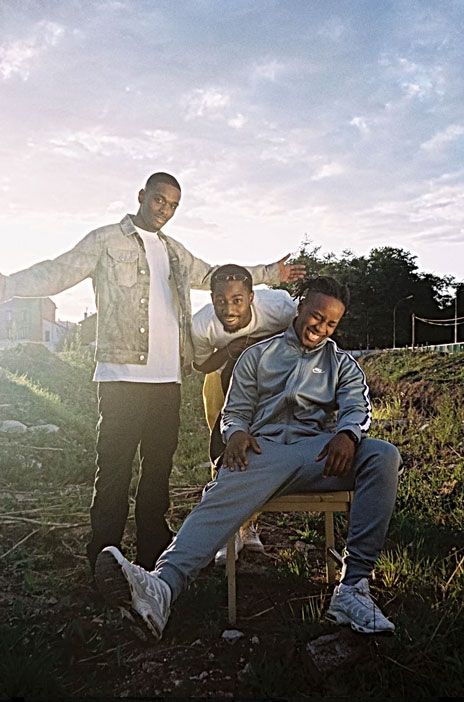
Included in this series is a photo of three young men. Their faces tell us happiness, laughter and warmth. The title of this photo is “Racaille 93”. My interpretation is that this is a dedication to the media and a clearer representation of the so-called "thugs", who are, in reality, bright young men who just want to be heard, loved and not overlooked and criminalized.
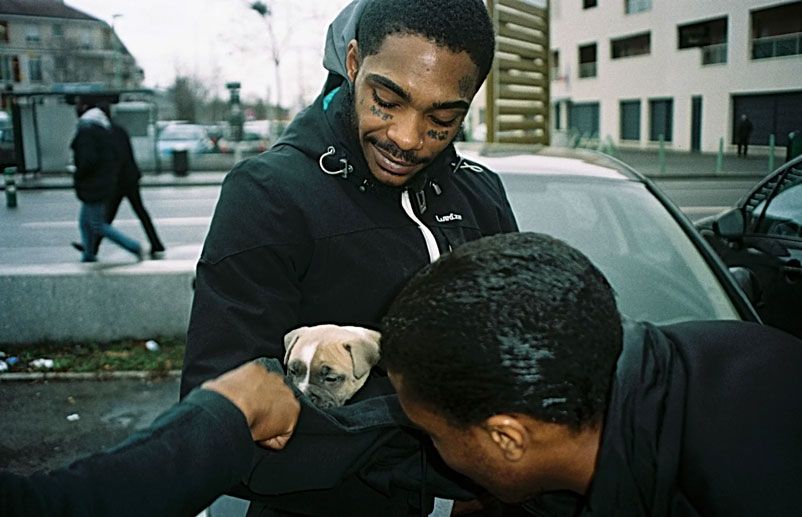
Over the years Bonheur has increasingly gained media attention and has had several solo exhibits. “Living in Paris has made me realize that the diversity we take for granted here is seen as beautiful and special elsewhere,” he says. “It’s like, ‘Look, guys: it’s framed, inside a gallery in Paris. They’re talking about us in the press, saying nice things, that it’s beautiful. We’re just as worthy as everyone else.’”
The eradication of poverty does not consist of solely charitable actions. It is an act of justice and a means to liberate immense human potential. Bonheur's work is fueled by this need for justice. His determination and drive has helped him release his creative potential, which he now devotes to efforts aimed at sparking long-overdue conversations, in the hopes of offering that freedom to others in his community.
Visit Monsieur Bonheur’s website here.
